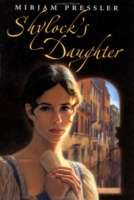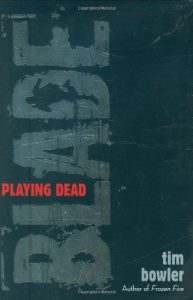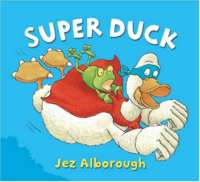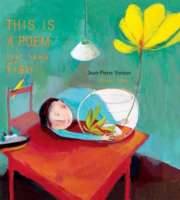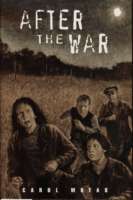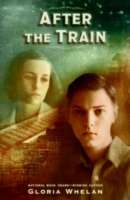
Peter Liebig can’t wait for summer. He’s tired of classrooms, teachers, and the endless lectures about the horrible Nazis. The war has been over for ten years, and besides, his town of Rolfen, West Germany, has moved on nicely. Despite its bombed-out church, it looks just as calm and pretty as ever. There is money to be made at the beach, and there are whole days to spend with Father at his job. And, of course, there’s soccer. Plenty for a thirteen-year-old boy to look forward to. But when Peter stumbles across a letter he was never meant to see, he unravels a troubling secret. Soon he questions everything—the town’s peaceful nature, his parents’ stories about the war, and his own sense of belonging.

